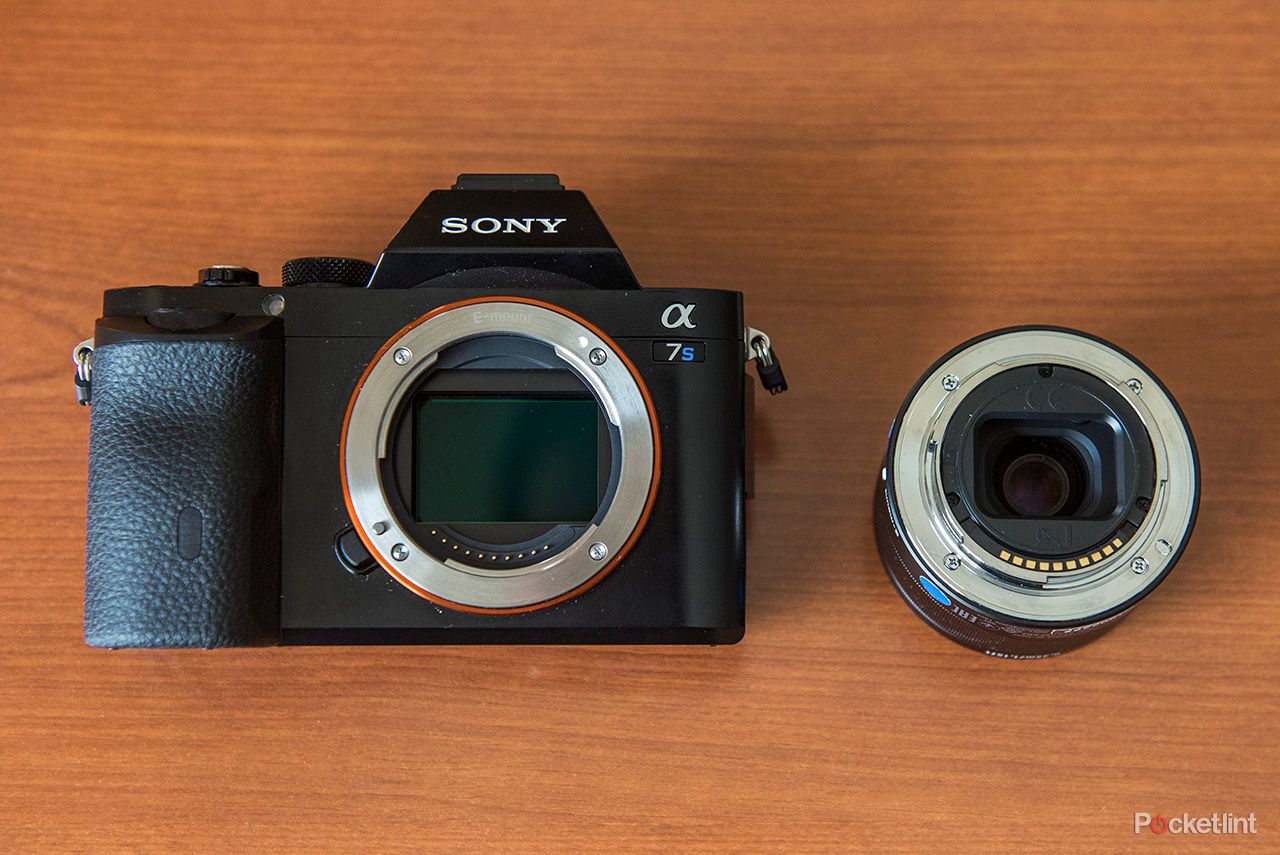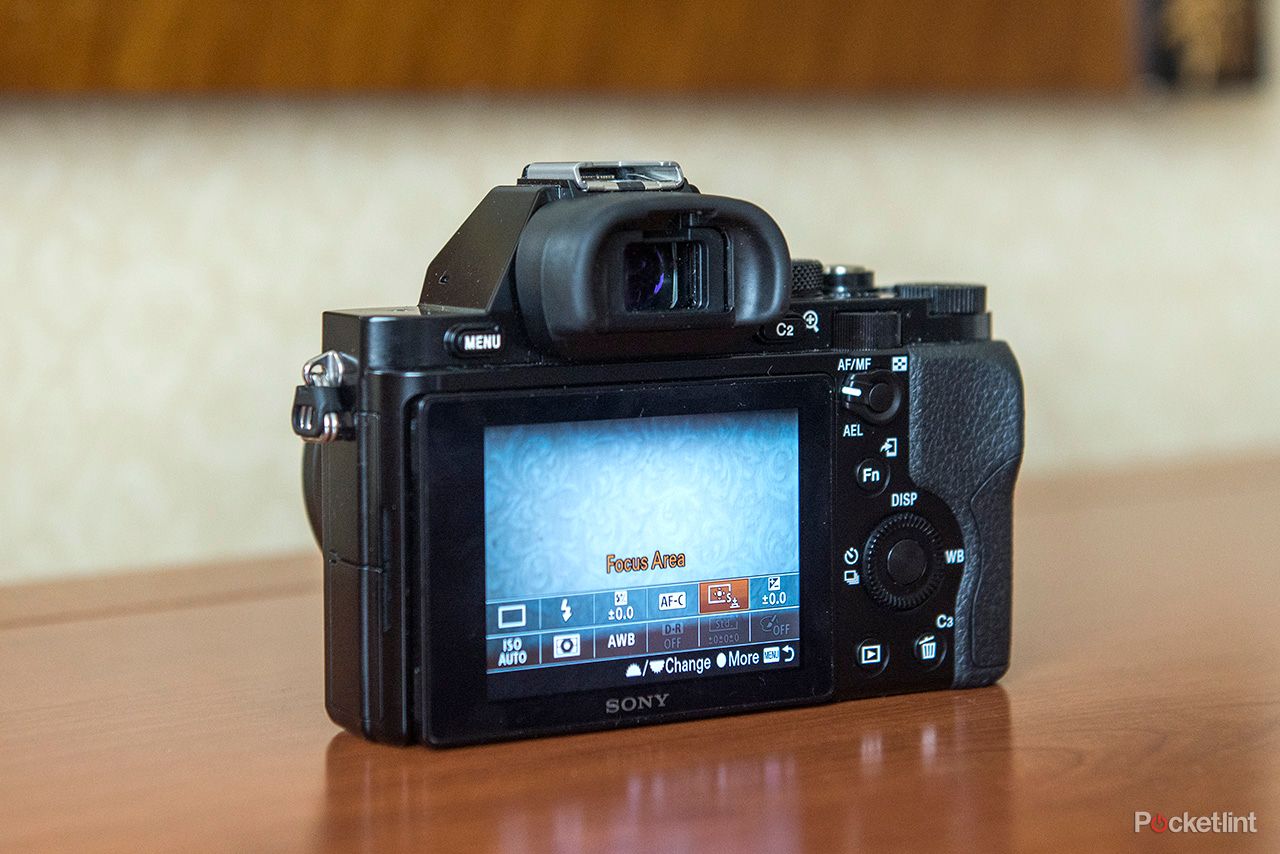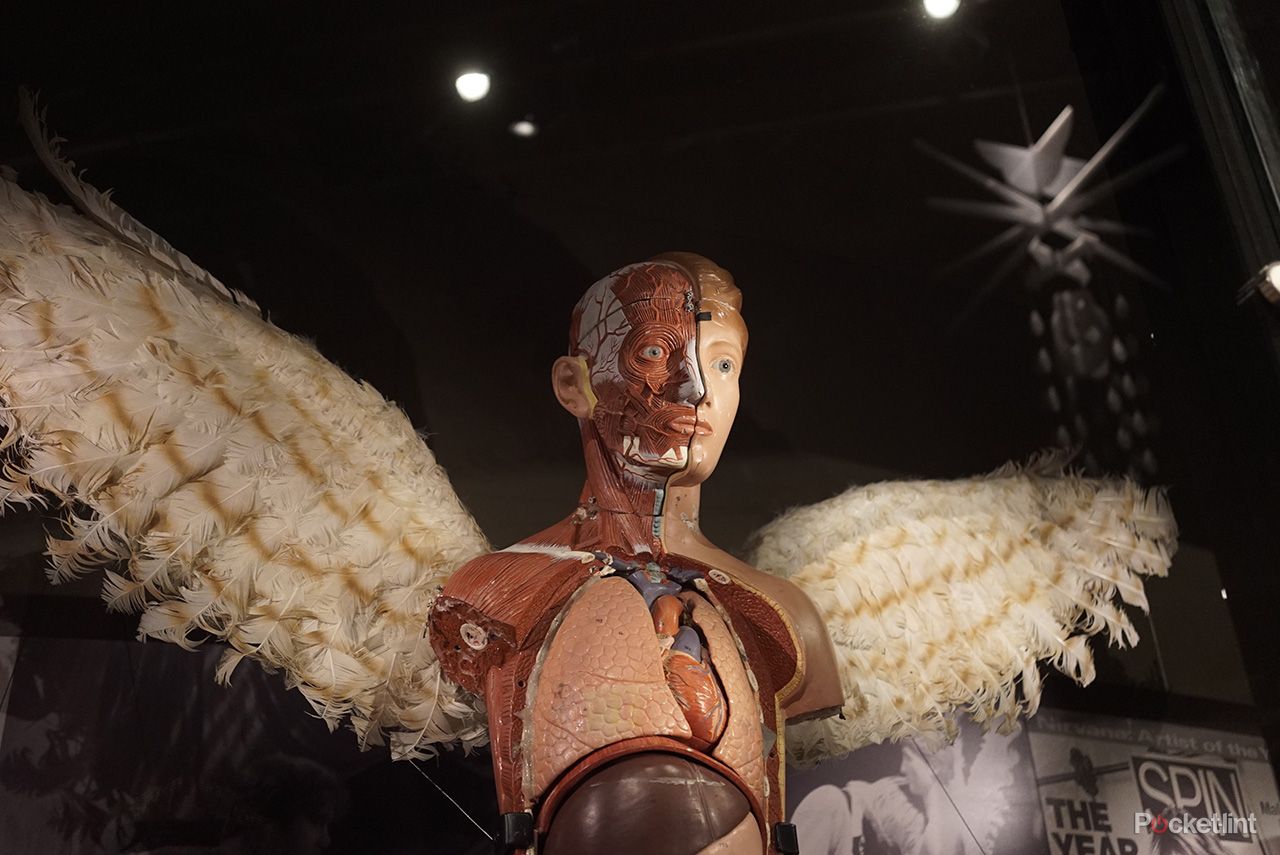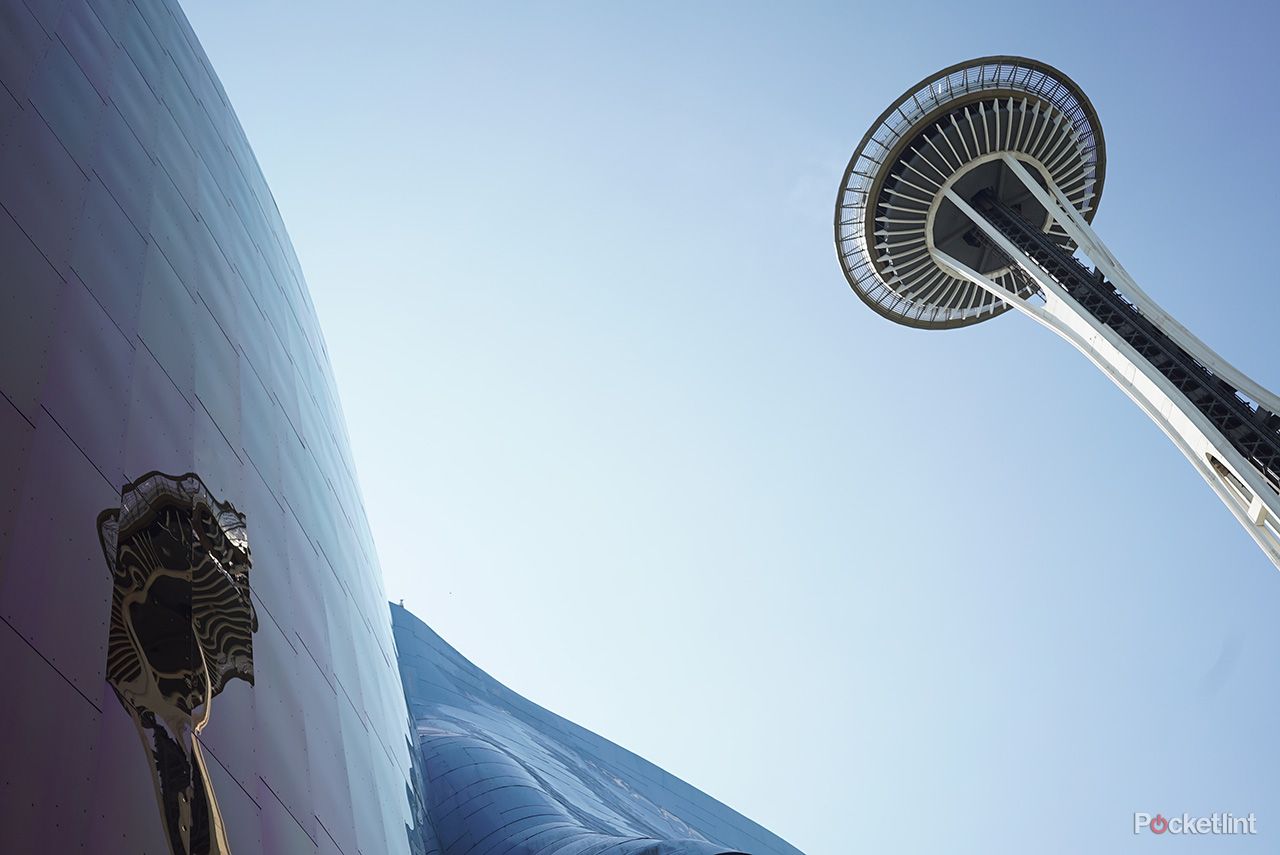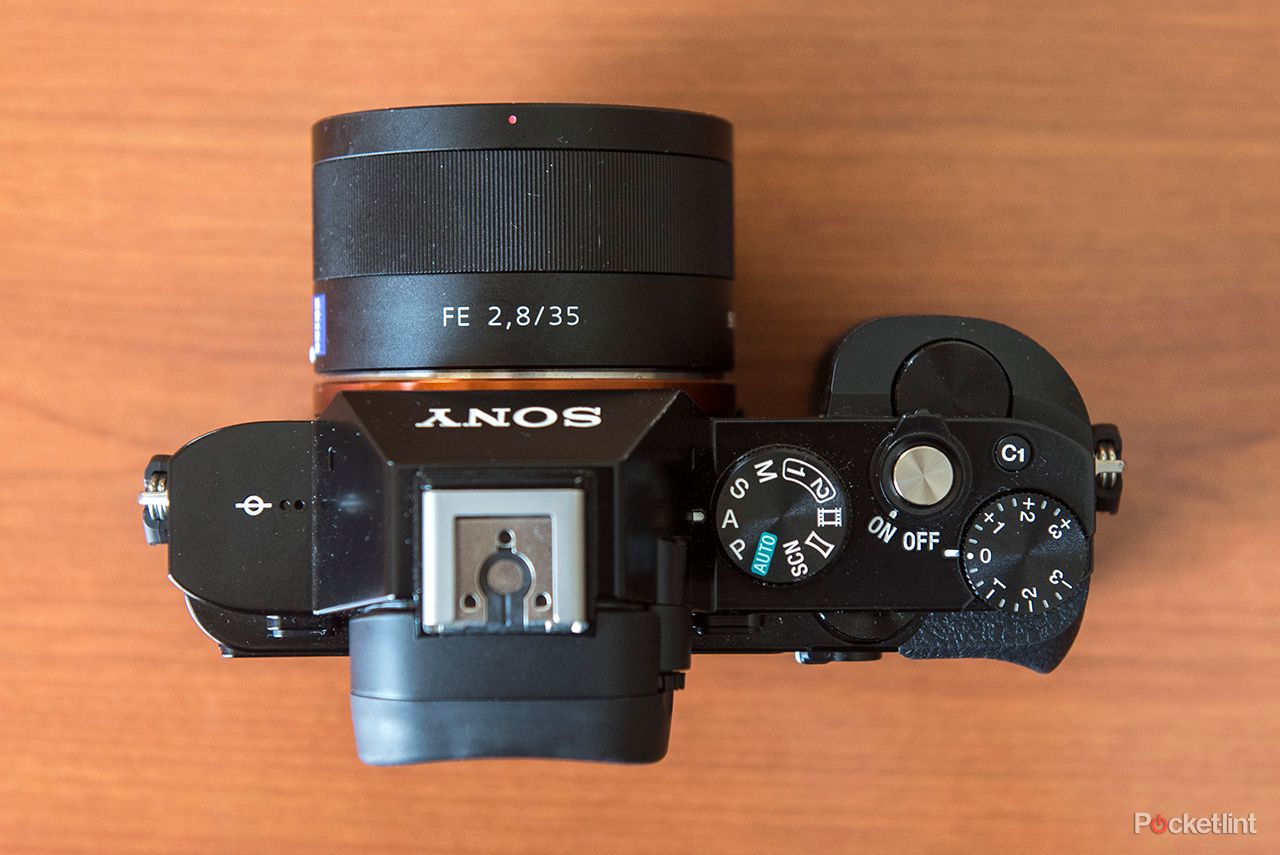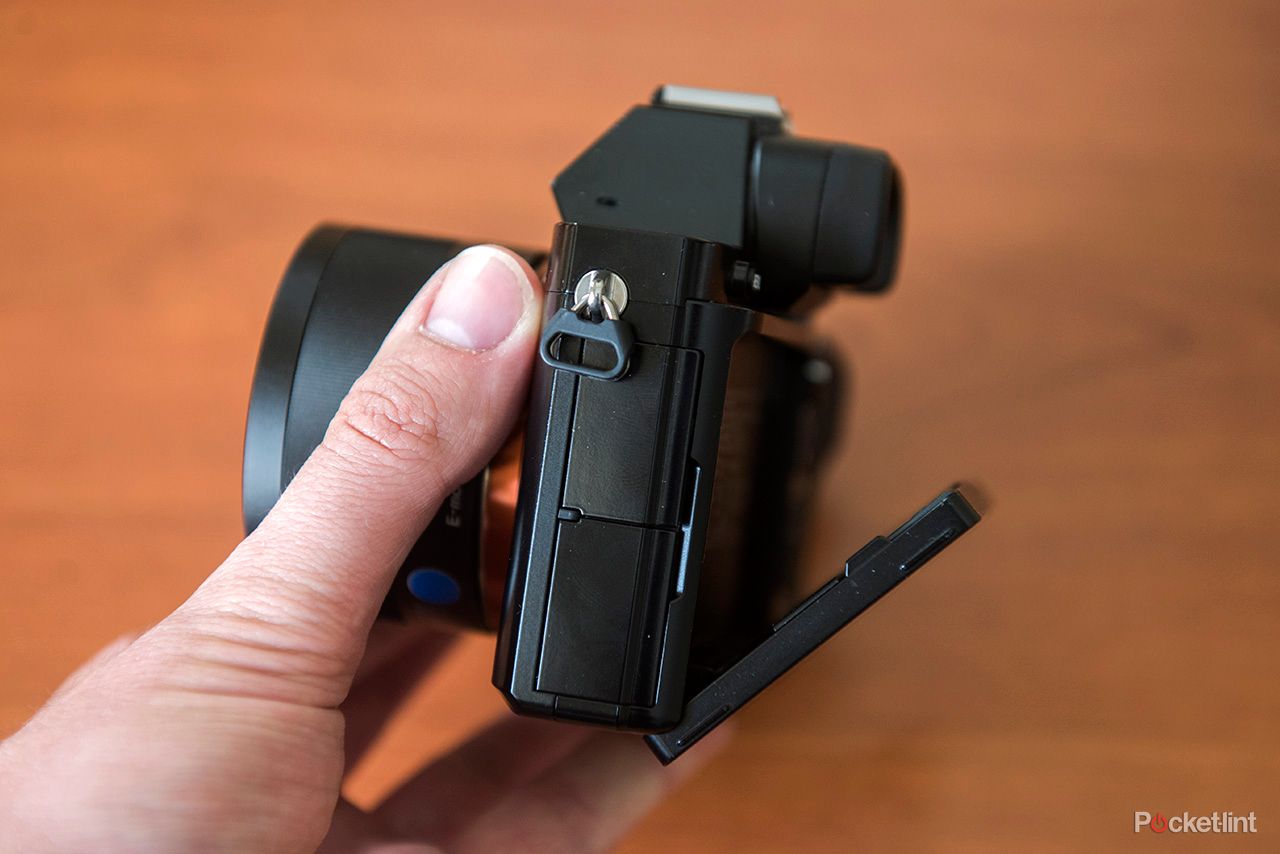In 2013 the Sony Alpha A7 convinced our team and a panel of tech-savvy judges that it was system camera of the year. Not because it had the most lenses available, was the fastest, nor because there weren't other great new cameras coming out, but because it broke the mould and stepped up where other manufacturers hadn't. As the first full-frame interchangeable lens system on the right side of affordable (we're excluding Leica M from that definition), it set an example of what the future could hold for the many, rather than a handful of users.
Our quick take
Just like the original A7, the A7S is mini marvel with a massive sensor. It's the new 12-megapixel chip that's the main point of interest as image quality is the cleanest out of the current trio of A7 cameras available. That will benefit those who spend a lot of time low-light shooting using ISO 1600 and above. And there's plenty available above that thanks to the headline maximum ISO 409,600 option.
But despite glorious image quality the A7S is not a £700 improvement compared to the original A7 model in our view. We feel the price is at odds with the product this time around, and even though it does offer better performance than the earlier A7R model, the A7S just isn't going to keep up with a DSLR when it comes to capturing moving subjects.
Largely we think the new sensor in the A7S has been employed for video capture. Although this is a stills camera first and foremost the video results are exceptional too, especially the high frame-rate 1080p ones. However, the inability to record 4K in-camera - it's available fir clean HDMI off-camera only - fails to match up to the likes of the Panasonic Lumix GH4. Rig it up with a recorder and full-frame-sourced 4K will be sumptuous, but that's a whole other investment for a very specific market. If that's you then fill your boots because with the exception of limited battery life the A7S will deliver great video capture.
We've got a lot of love for the A7S. This is Sony sticking its neck out once again to make something different; a product that swims against the grain on the resolution front and succeeds in its endeavours. We just wish it was the same price as the original A7, then it'd achieve that extra half star.
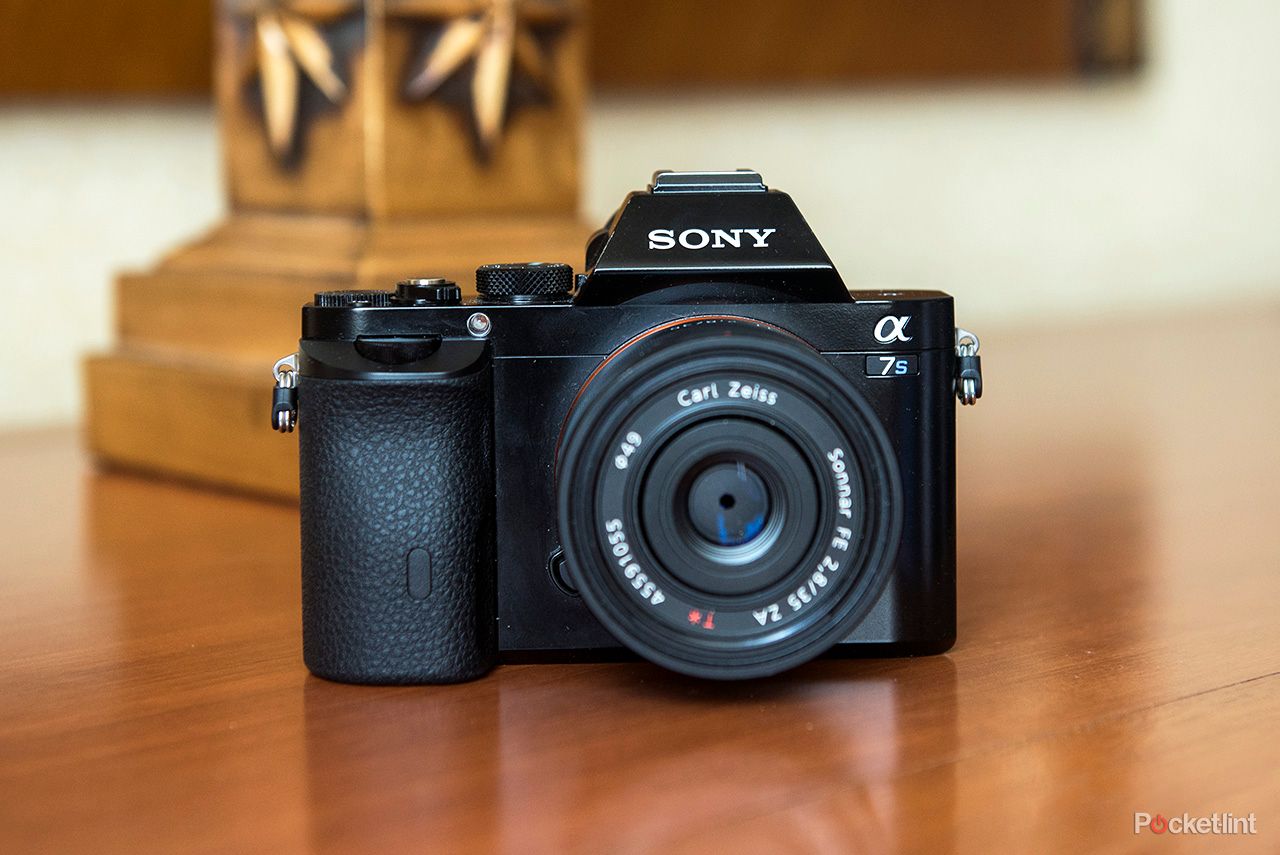
Sony Alpha A7S - 4.0 / 5
| FOR | AGAINST |
|---|---|
|
|
Sony Alpha A7S
Almost a year later the Sony Alpha A7S brings lofty expectations. But the S model isn't the same sort of camera by any measure. It might look like a mirror image, but the resolution has been slashed in half to 12-megapixels and, perplexingly, the body price bumped by almost 50 per cent to just shy of £2,000. Our immediate thoughts are that it's less for more, but key to the A7S is its ability to capture 4K UHD video (only possible via an external recorder), hence the resolution drop making sense for crop and processing purposes.
Is the A7S another sign of Sony stepping ahead of the curve, or a move that, given the A7S's position as a stills camera first and foremost, puts it at odds with expectation? We've been snapping away using the A7S to see if it's a case of one step forward two steps back, or the logical evolution to this Alpha series.
Full frame, video-centric sensor
When the Alpha brand assumed the compact system camera sector of Sony's range it brought with it a divide: the existing E-mount lenses, while they do fit the A7S's mount, don't offer full-frame coverage and, therefore, only deliver a cropped image. In the case of the A7S that means 8-megapixels.
For the full 12-megapixels you'll instead want a newer FE derivative lens (they are still E-mount fittings) which means the full coverage and typically best possible quality for stills. Problem is there aren't many FE lenses available just yet - but what there is, ignoring the stock Sony 28-70mm zoom, is splendid… and expensive. There are also adapters (official Sony Alpha ones and unofficial third-party alternatives) to cater for all kinds of lens compatibility should you want such options.
There's a resurgent megapixel war afoot at the moment with many manufacturers (Sony also included) offering high resolution cameras in the 24- or 36-megapixel region. The A7S turns in the opposite direction with its 12-megapixel sensor because, arguably, resolutions higher than that have little benefit if you want low image noise and increased dynamic range.
But we don't think that's the reason for the A7S opting for its 12-megapixel sensor. There's already the A7S and A7R cater for 24- and 36-MP offerings respectively, so with the 7S it's all about video capture. With E-mount lenses delivering a pixel-for-pixel 4K capture (8MP), and full-frame FE lenses likely providing an even sharper centre, it's well matched for the moving image.
Sony A7S review - sample image at ISO 100 - click for full-size JPEG crop
However the lack of SD-card-based 4K capture is perplexing. It's only possible to record 4K at 24/30fps via an external recorder. Shoot 1080p up to 120fps (100 for PAL) and this can be written to SD card in the XAVC S format at 50Mbps, or there are AVCHD and MP4 at lesser bitrates.
Quality build
Why, therefore the A7S has seen a price bump of several hundred pounds we're not entirely sure. At launch the original A7 was £1,300, so the A7S's £2,000 body-only price tag is a significant hike, although a second battery is included in the box (not in our review sample, though, where any form of wall-charger also lacked).
That's not to say it's a camera that doesn't feel worth its asking price. The A7S is built around the same magnesium alloy body structure as the original retro-boxy A7, meaning dust- and water-resistance from that 127 x 94 x 48mm shell.
Also included in the build is a large 0.5-inch size, 2,359-dot electronic viewfinder to complement the 3-inch, tilt-angle LCD screen on the rear. Most electronic viewfinders in cameras are rather small, but the A7S's 0.71x magnification delivers a large image to the eye and is a strong performer. It feels like using a full-frame camera in the very same way as the original A7 did, but minus the typical bulk. There's a small delay in auto-eye activation when raising it to the eye, but it's well worth having for composition and exposure assessment in bright sunlight.
However, as the A7S has the same body as the A7 it does also mean the same battery, and that's an ongoing shortcoming. You'll need the spare that's included in the A7S's box as one battery isn't enough for a day's use, while video capture will further impact the longevity of a single charge.
Sony A7S review - sample image at ISO 6400 - click for full-size raw crop
There's also Wi-Fi and NFC for picture sharing via Sony's PlayMemories app, which has potential if you like to share on the fly, but will further eat away at precious battery life.
Performance
We spent a number of days shooting with the A7S in Seattle to get a feel for how the autofocus system operates in a variety of conditions. From the glaring sun striking downtown buildings, through to dim-lit bars and evening sunsets over the water, the city was our playground and to be able to avoid the heft of our current go-to DSLR (the Nikon D810) was often a blessing.
With the 35mm f/2.8 Zeiss lens attached our style shifted compared to the usual 28-70mm zoom we would work with, but that gives a sense of high-end compact meets system camera.
Sony A7S review - sample image at ISO 100 - click for full-size JPEG crop
In operation we found the A7S to be better than its A7R cousin - the latter the first-generation model with a high-resolution 36-megapixel sensor and contrast-detect autofocus only - but without the hybrid autofocus system of the original A7 (with 117 phase-detection points) it's not the best autofocus system out of the trio of cameras. That seems a specification oddity given the price point.
READ: Sony Alpha A7R review
However, compared to the aforementioned A7R we found the A7S to respond better to various situations. For single autofocus things work well, although for close-up or low-light work autofocus is not always consistent as we had some issues with acquiring focus on all occasions. The Fast AF system is, as the name suggests, quick though - but perhaps it's trying to be too quick for the sake of complete accuracy in some situations.
The A7S offers the option of small, medium and large focus areas which can be moved around the screen with relative ease. No touchscreen means you'll need to quickly menu dig should you want to move the area or adjust its size though. We don't think a touchscreen is necessarily make of break for a device such as this, but it would have been a nice-to-have, particularly as so many compact system cameras come with one featured.
There is, however, a tilt-angle mechanism which we've come to use a lot for waist-level and low-down work. Small things like being able to rest the camera on the ground for more creative shots make a big difference in the right situations. Or the 45-degree downward angle for overhead work is ideal.
Set the camera to continuous autofocus and it gives a "pulsing" image preview as the camera continually seeks opposing points of contrast, which can be a little sea-sick inducing. The inclusion of a new Lock-on AF option delivers a subject-tracking system that we did manage to use with some success when capturing moving merri-go-round horses in dim conditions. The A7S is a definite step ahead of the A7R in this department, but for a £2,000 camera we can't help feel it's not nearly as responsive or accomplished as a 3D tracking system available from many equivalent DSLR systems (the Nikon D810 being one good example).
If you're all about video then autofocus in the A7S can be set to either continuous or manual only in this mode. For those wide-aperture shots the addition of focus peaking - which shows up coloured peaks to represent the in-focus areas - was really useful when fine-tuning the focus.
Image quality
Ignoring the video capabilities for a moment, the still image quality of the A7S is, arguably, the best out of the trio of A7 cameras. But then it is also the lowest resolution, so if you're in the business of enlargement then some of the benefit of better high ISO capture might be lost at significant scale. But 12-megapixels - while it might sound small by today's standards - is absolutely fine for all manner of work.
Sony A7S review - sample image at ISO 10,000 - click for full-size JPEG crop
A headline feature is that the A7S can cater for super-high sensitivity, ranging from ISO 50 to an almost absurd ISO 409,600. That's four hundred and nine thousand six hundred. In reality this mega number isn't the reason to go for the A7S, the more practical ISO settings a little further down the range are what sells it. Because the "pixels" on the A7S's sensor are twice the size of the earlier A7 model their light-gathering properties are significantly improved, which means a better signal at source for cleaner images with greater dynamic range.
It's not just theory either, as even frames at ISO 8000-10,000 are gob-smackingly clean in the shadow areas whether looking at the JPEG or raw files. Obviously there's some grain, but colour noise is largely absent - a big boost compared to our late-night St Lucian street party shots snapped from the A7 last year. Very nice indeed Mr A7S, and in terms of image noise we'd say it's between one and two stops better from ISO 3200 upwards than the original A7 model.
At the lower end of the ISO scale you'll see a bump in available dynamic range, so if you're looking to retrieve blown highlights - we do a lot of that to open up detail in sky and for bright-screen product shots - then there's ample room for manoeuvre. The A7S's middling sensitivities aren't drastically different from their A7 counterparts, however, until pushing into four-figure ISO territory.
Sony A7S review - sample image at ISO 400 - click for full-size JPEG crop
We've only been testing out A7S with a 35mm f/2.8 prime Zeiss lens. Reflecting on our original comments regarding to the stock Sony 28-70mm from testing it last year, we already know it's one to avoid for the sharpest of results. The Zeiss 35mm used in this test, on the other hand, is a wonderful piece of glass to behold. Super-sharp when focus is on point - it delivers exceptional images.
If you are shooting at a wide aperture such as f/2.8, however, then keep stock of depth of field. The large full-frame sensor means a narrower in-focus plane than smaller-sensor cameras, which is great when used well, but means off-plane areas might slip out of sharp focus. More a full-frame bootcamp point than an issue with the Sony itself.

